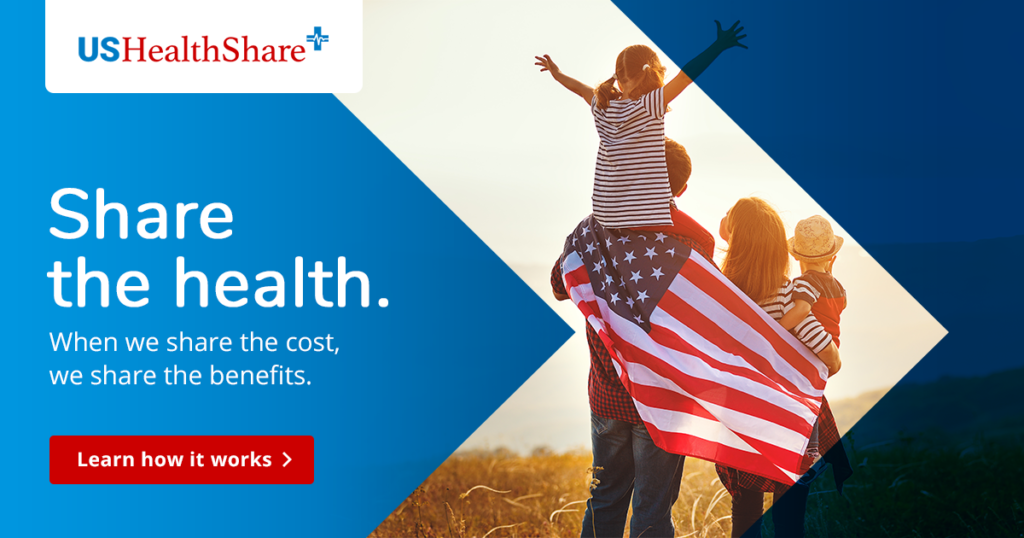
Health insurance has long been an issue for some Americans, but the recent health crisis has placed a renewed focus on the problem as millions lost their jobs or were forced to shut their businesses. Although the Affordable Care Act (ACA) was put in place to deal with the affordability and accessibility of health insurance, many still are left without health insurance.
The number of uninsured non-elderly Americans has been on the increase since 2017, going from 26.7 million in 2016 to 28.9 million in 2019. As of 2019 (the latest year for which figures are available), the uninsured rate in the US is 10.9%.
Who are the Uninsured in the US?
The majority of uninsured people in the US have at least one worker in the household. Low-income families are more likely to be uninsured, and adults are more likely than children to be uninsured. Further, people of color are at greater risk of being uninsured compared to non-Hispanic white people.
The demographics of the uninsured in the US are as follows:

Race/Ethnicity:
- White: 41.1%
- Hispanic: 37.6%
- Black: 13.4%
- Asian: 3.9%
- American Indian/Alaska Native: 1.4%
- Native Hawaiians and Other Pacific Islanders: 0.02%
Family Income (% Federal Poverty Level):
- 400%+: 17.4%
- 200-399%: 33.7%
- 100-199%: 27.6%
- <100%: 21.3%
Family Work Status:
- 1 or more Full-Time Workers: 73.2%
- Part-Time Workers: 11.5%
- No Workers: 15.4%
Why Are People Uninsured?
There are several reasons why non-elderly people find themselves without insurance:
- Can’t afford coverage: 73.7%
- Ineligible for coverage: 25.3%
- Don’t need or want coverage: 21.3%
- Difficulty signing up for coverage: 18.4%
- Unable to find a suitable plan: 18.0%
- Job loss: 2.8%
Without adequate health care coverage, the uninsured are more likely to be unable to afford medical attention. In 2019, non-elderly uninsured adults were over twice as likely to have issues paying their medical bills compared to those with private health care coverage.
Over time, these bills can contribute to mounting medical debt since most uninsured individuals earn low or moderate incomes and don’t have adequate savings to use to handle medical expenses.
More Affordable and Flexible Alternatives For the Uninsured
For those uninsured Americans who do not have any health care coverage due to financial constraints, there are other options aside from traditional health insurance.
Health sharing ministries are one option available to those who are eligible, and an increasing number of Americans are choosing health sharing over traditional insurance plans. Health care sharing programs can be as much as 30% to 40% more affordable than health insurance, which makes them more financially accessible to lower-income families.
With Christian health sharing programs, previously uninsured families have access to a nationwide network of healthcare providers, the ability to choose a program that aligns with their financial situation, and the chance to be part of a large network of like-minded individuals who share their resources for the good of all members.If you are looking for a more affordable and flexible solution to health care, get in touch with a representative from USHealthShare today to learn how to share the health.

